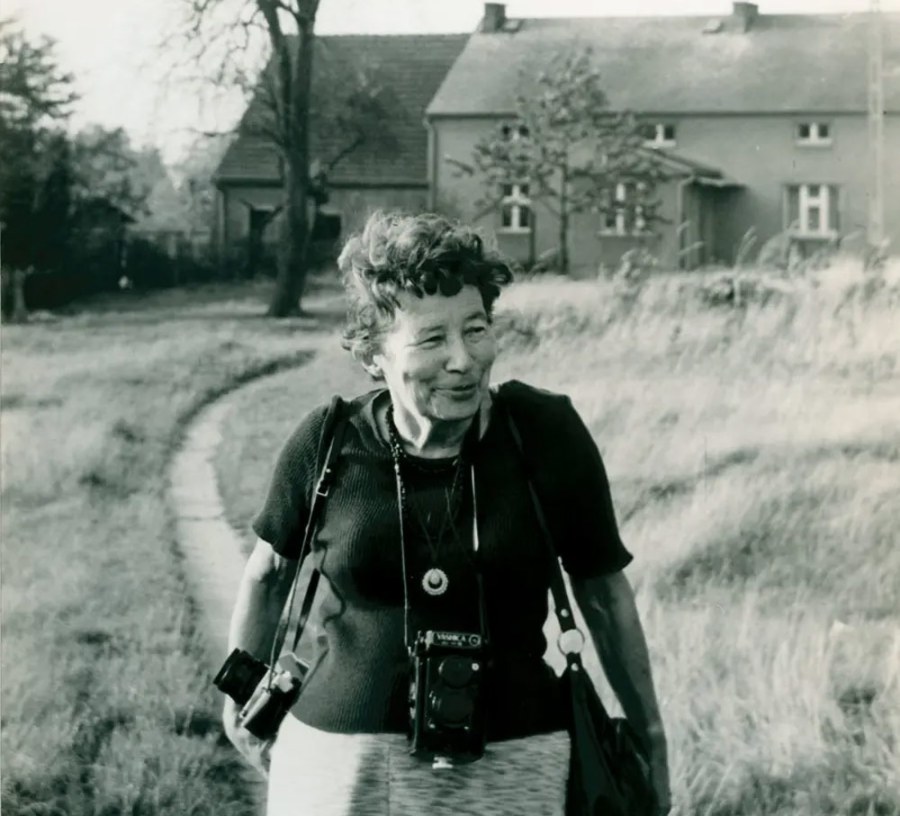It’s easy to fall into mental traps with photography – fears that you’ve left it too late to make your name with a photo project, or you live in a really boring place where there is nothing to shoot.
If this is happening to you, take inspiration from the story of the eminent Polish photographer Zofia Rydet (1911-1977) who started her major project, Sociological Record, when she was 67.
From 1978 to 1990, Rydet set about photographing the interiors (mostly) of a variety of Polish houses, with the occupants. That’s all she did: walk around neighbourhoods, knock on the door, ask the occupants if she could take pictures of their houses with themselves inside, and take the picture.
Rydet is now being celebrated at a major exhibition at The Photographers Gallery, which runs from today October 10th to February 22nd 2026. It’s a reminder that you are never too ‘old’ to fulfil your photographic potential, or find inspiration where you live.
And remember, what might seem very banal and dull to you in your neighbourhood could be seen as a valuable ‘sociological record’ in 50 years time.
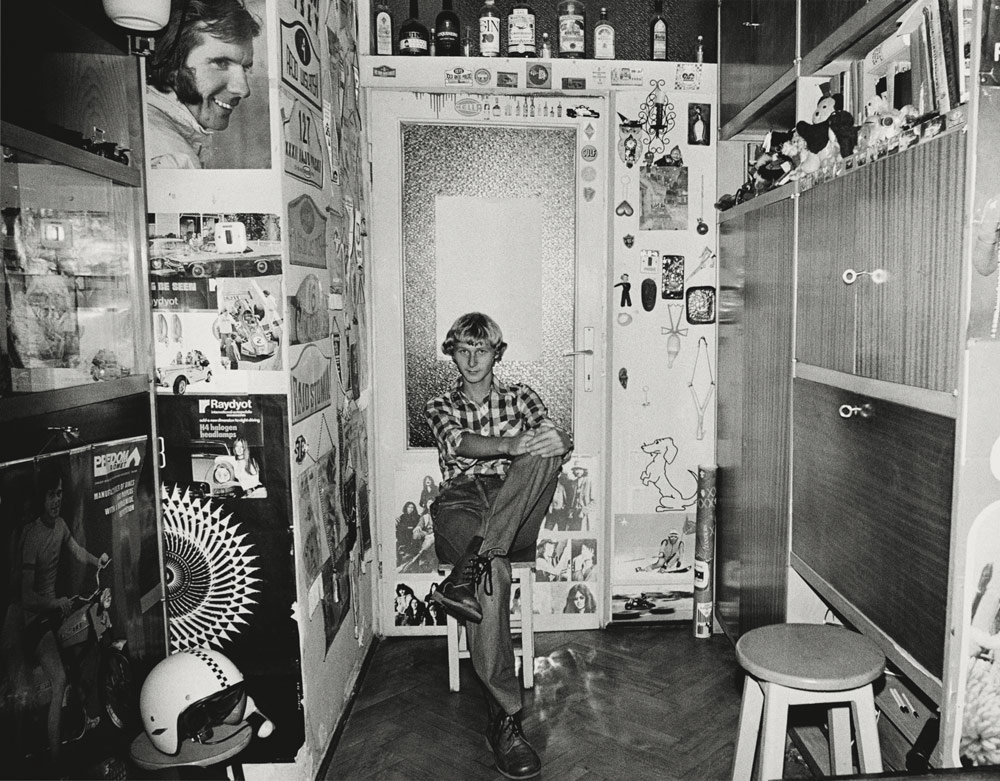
Zofia Rydet: local hero
While Rydet also shot the dwellings of townspeople, much of the work was done in the countryside, creating a poignant record of a society undergoing rapid change. Sociological Record is strikingly direct in its approach but never simplistic: Rydet captures people, either singly or in pairs, against the background of a wall in their homes.
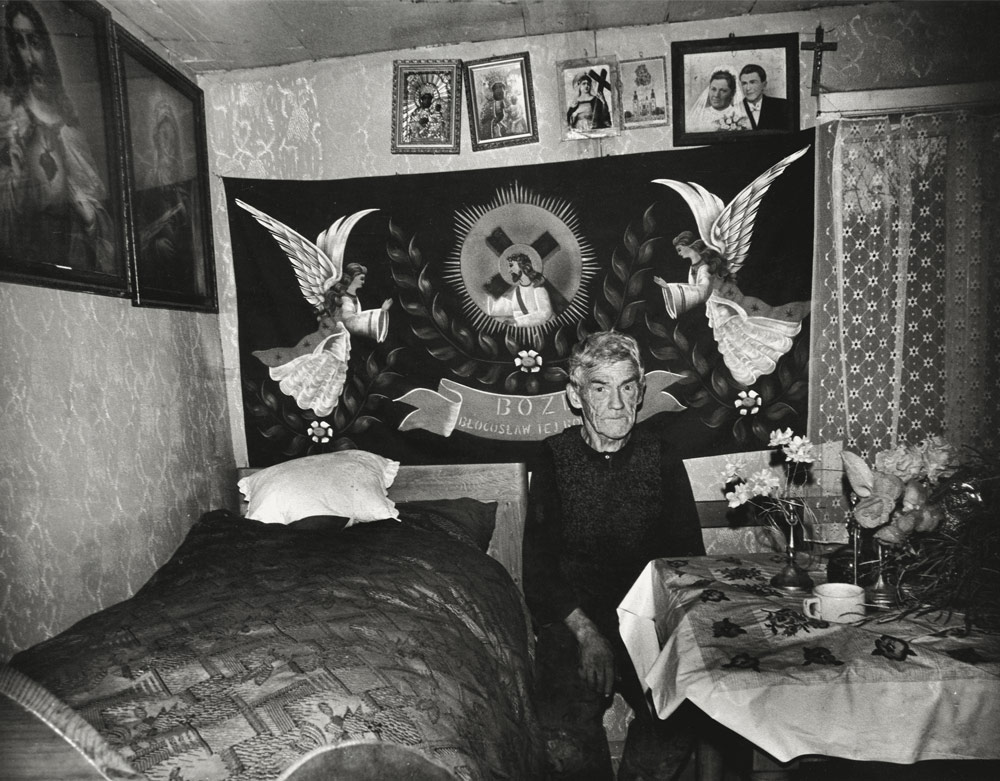
The images were taken with a wide-angle lens and a flash, maximising depth of field, and shot on black and white film. While revealing a rigorous compositional discipline, Rydet was not a particularly ‘technical’ photographer and was much more concerned about developing a rapport with her subjects.
An avid walker, she worked hard to engage with her sitters and put them at ease.
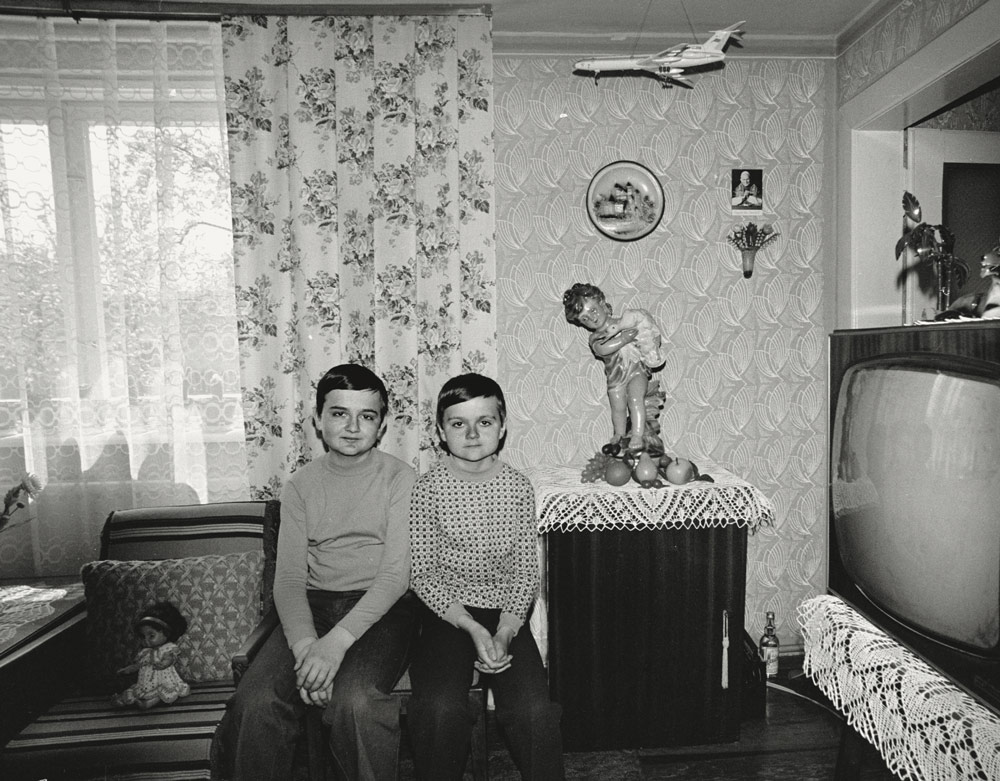
Rydet photographed a wide variety of people inside their homes, from kids to teens to village elders, their faces lined from years of work and political upheaval.
What’s also fascinating are the objects and décor of the homes. Religious paintings are a mainstay, reminding us of Poland’s deeply Catholic roots, as well as Communist icons (mainly there to keep visiting Party apparatchiks happy, we understand).
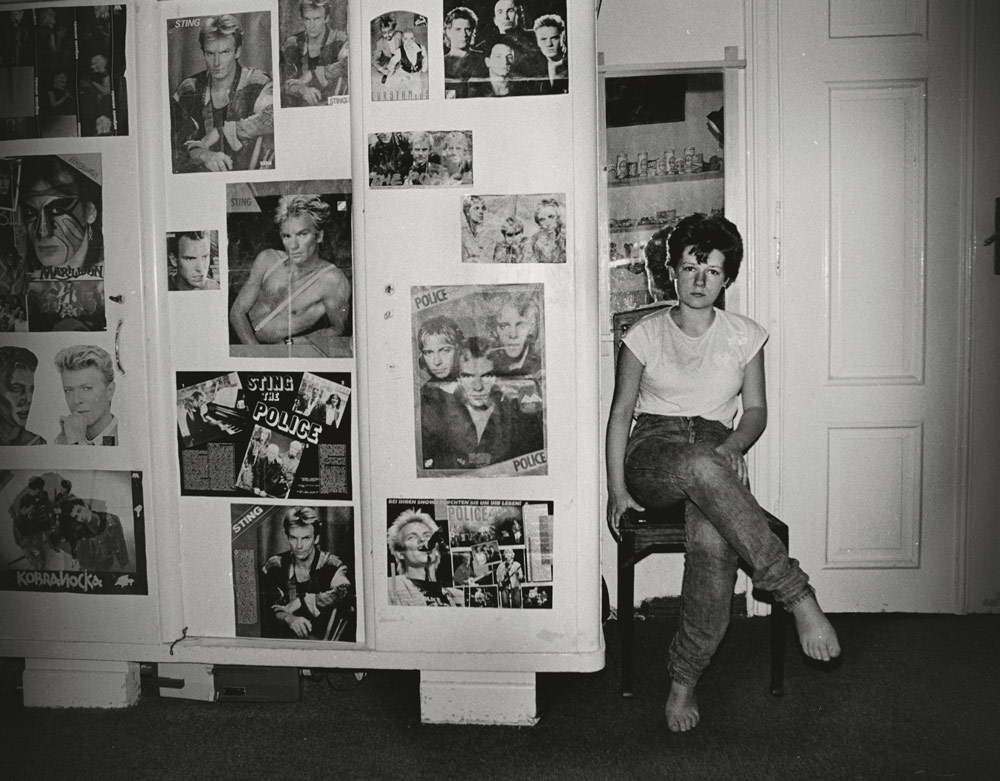
Take inspiration from Zofia’s story
While coming very much from the humanist documentary tradition – Edward Steichen’s book and exhibition the Family of Man was a big influence – Rydet didn’t have an overtly ‘political’ agenda. She was very much plugged into the Polish photographic community and taught photography in her later years.
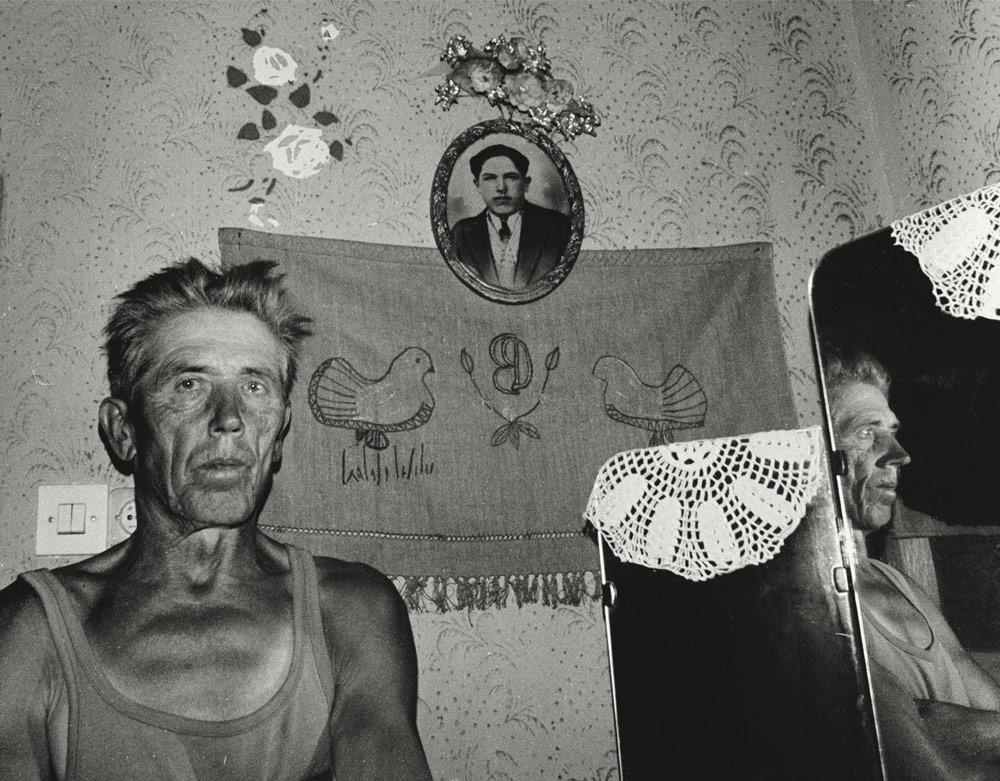
If you think all of this sounds a bit parochial, think again. Sociological Record is another reminder that great photographic projects can be found close to home, as well as the importance of developing a consistent and coherent style.
Rydet also worked hard; Sociological Record comprises over 20,000 negatives, though only a fraction were printed in Rydet’s lifetime.
Indeed, Sociological Record is a remarkable achievement considering she started the project aged 67 – so what’s your excuse?
Zofia Rydet: Sociological Record is part of the UK/Poland Season 2025. It is produced by The Photographers’ Gallery in partnership with the Adam Mickiewicz Institute (co-financed by the Ministry of Culture and National Heritage), Poland, and the Zofia Rydet Foundation.

